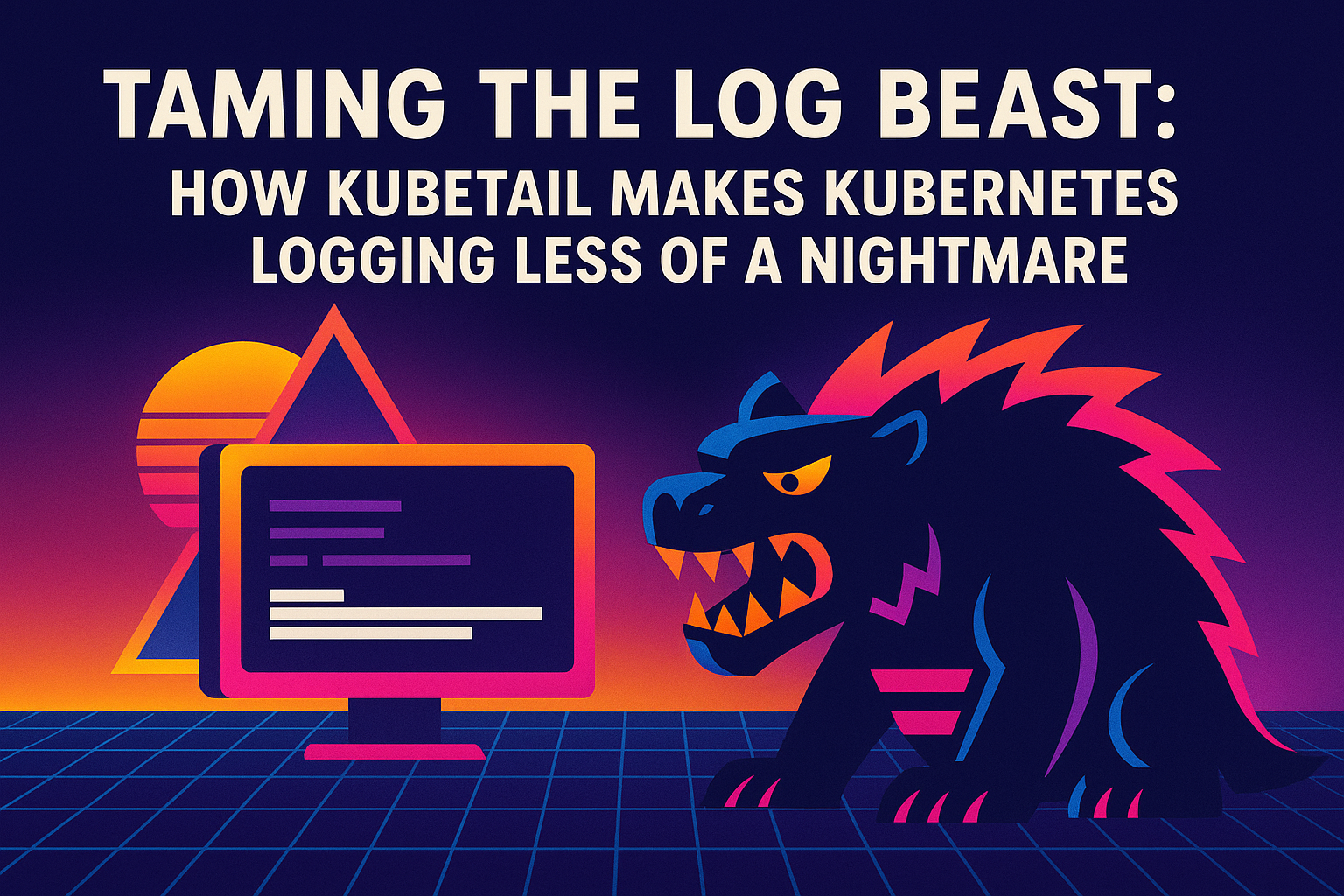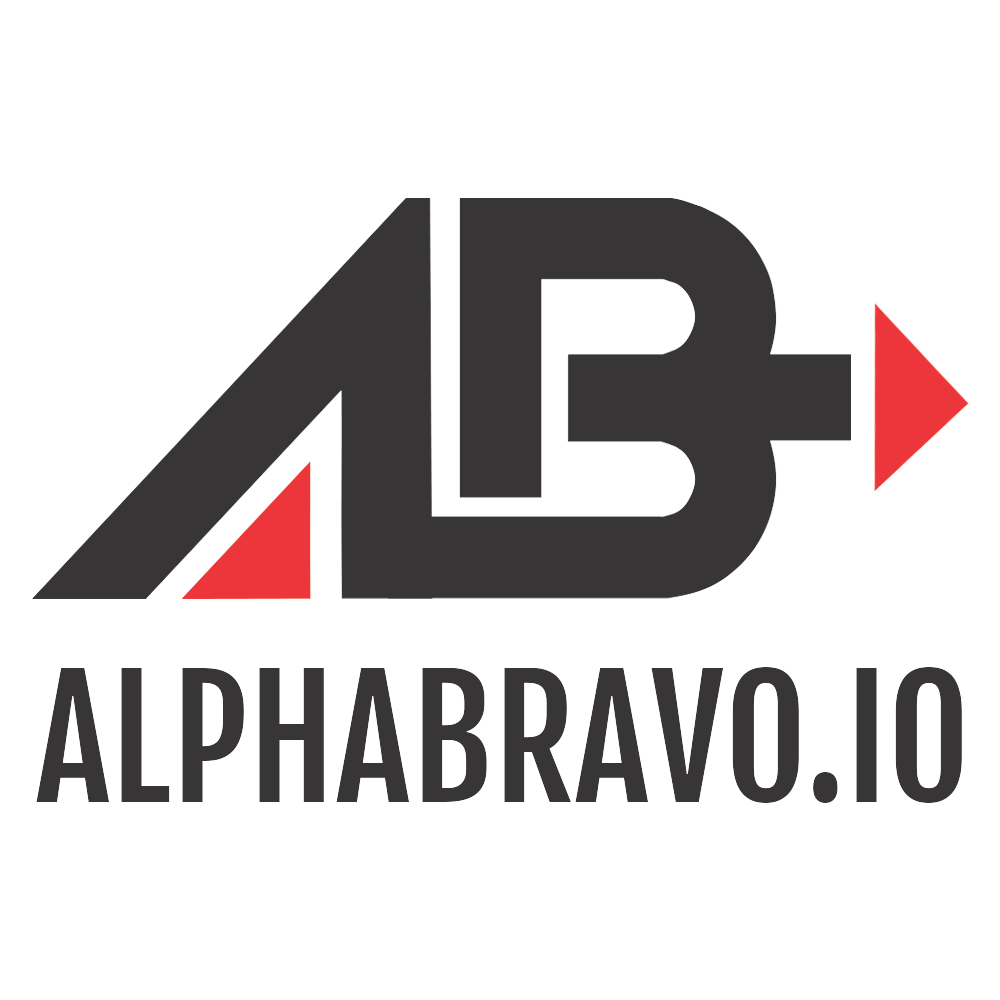Taming the Log Beast: How Kubetail Makes Kubernetes Logging Less of a Nightmare
Kubetail turns Kubernetes log chaos into clarity, giving developers real-time, unified visibility across ephemeral containers—no complex setup, just instant insight.

In the wild and wonderful world of Kubernetes, keeping track of what's happening inside your applications can feel like trying to follow the plot of a Christopher Nolan movie-complex, disorienting, and occasionally leaving you questioning your life choices. As developers and operations teams embrace the containerized future, one challenge remains stubbornly persistent: effective log collection and analysis. Today, we're diving deep into the murky waters of Kubernetes logging, exploring why it's such a headache, and how an open-source tool called Kubetail is offering a life raft to those drowning in log data.
The Not-So-Simple Art of Kubernetes Logging
Kubernetes has revolutionized how we deploy and manage applications, offering unparalleled scalability and flexibility. But with great power comes great logging complexity. Here's why Kubernetes logging feels like trying to solve a Rubik's cube blindfolded:
The Ephemeral Nature of Containers
Containers are like mayflies-they live fast, die young, and leave behind logs that disappear if you're not quick enough to capture them. In a Kubernetes environment, pods come and go based on scaling requirements, node failures, or updates. This means that if you're not vigilantly collecting logs, crucial information can vanish into the ether before you've had a chance to analyze it.
As research shows, "pods are ephemeral" and Kubernetes "creates pods for jobs or workloads that have" limited lifespans, making log preservation a constant challenge.
Distributed and Decentralized
Kubernetes clusters are distributed systems by design, with workloads spread across multiple nodes and containers. Each component-pods, containers, nodes-generates its own logs in different locations and formats. Trying to piece together what happened during an incident is like assembling a jigsaw puzzle where the pieces are scattered across different rooms, and some pieces occasionally self-destruct.
No Native Log Management Framework
Surprisingly, Kubernetes itself provides no built-in solution for log management. It merely produces logs, then leaves it entirely up to you to figure out how to collect, store, and analyze them. It's as if Kubernetes is saying, "Here's your data. Good luck with that."
To make matters worse, container log data isn't indefinitely persisted-it's automatically rotated and deleted once it exceeds 10 MB in size. Container runtimes handle this rotation automatically, but that means your valuable log data will eventually be overwritten unless you take steps to preserve it.
Format Inconsistency
Kubernetes logs come in a variety of formats with no standard structure or approach. While there have been efforts to standardize system logs into structured JSON formatting, this feature isn't enabled by default and doesn't enforce any structure for application logs. It's like having a library where books follow different cataloging systems, and some aren't cataloged at all.
Resource Constraints
Every node in your Kubernetes cluster can run up to 110 pods, and each pod generates logs. A single error might create a cascade of errors across a worker node, resulting in a noisy environment that's difficult to navigate. Meeting logging Service Level Agreements (SLAs) becomes challenging when log collection competes for resources with your applications.
Traditional Approaches: The EFK/ELK Stack and Their Limitations
To address these challenges, many organizations turn to established logging solutions like the EFK stack (Elasticsearch, Fluentd, Kibana) or the ELK stack (Elasticsearch, Logstash, Kibana). These solutions provide a way to collect, centralize, and visualize logs from multiple sources.
The EFK stack, in particular, has become a common Kubernetes logging pattern:
- Fluentd collects data/logs from different sources, aggregates them, and forwards them to multiple destinations.
- Elasticsearch serves as a distributed search and analytics engine for all types of data.
- Kibana provides search and data visualization capabilities for data indexed in Elasticsearch.
While these solutions are powerful, they come with their own set of challenges:
- They require significant resources to run, which can be costly in cloud environments.
- Setting them up and maintaining them requires specialized knowledge.
- They can be overkill for development and testing environments, where simplicity and quick access to logs are paramount.
- They might not provide real-time visibility into logs, which is crucial during development and debugging.
A More Modern Approach: Grafana Loki and Promtail
Another increasingly popular logging stack for Kubernetes combines Grafana Loki with Promtail:
- Grafana Loki is a highly efficient log aggregation system that integrates seamlessly with Grafana for querying and visualizing logs.
- Promtail acts as the log shipper, responsible for gathering logs from Kubernetes Pods and sending them to Loki.
What makes this approach appealing is that Loki indexes logs by metadata rather than full-text indexing, which significantly reduces resource consumption. This makes it ideal for Kubernetes environments where scalability and efficiency are critical.
Enter Kubetail: The Log Whisperer
While EFK/ELK and Loki/Promtail stacks are great for production environments, there's a new player in town that's changing the game for development and testing: Kubetail.
Kubetail is an open-source logging dashboard for Kubernetes that allows you to view multiple log streams simultaneously, in real-time. Think of it as a friendly interpreter for the otherwise cryptic language of Kubernetes logs, making them accessible and understandable without requiring a Ph.D. in container orchestration.
What Sets Kubetail Apart?
Unlike traditional logging solutions that require you to set up complex infrastructure, Kubetail works right out of the box. It uses your cluster's Kubernetes API to fetch logs directly, without needing to forward your logs to an external service first. This means your log data stays within your possession-a win for privacy and security.
But what truly makes Kubetail shine is its ability to track container lifecycle events to keep your log timeline in sync as containers start, stop, or get replaced. This makes it easy to follow logs seamlessly as user requests move from one ephemeral container to another across services-a common scenario in Kubernetes environments.
Key Features That Make Developers Smile
Kubetail comes packed with features designed to make your log-wrangling life easier:
-
Real-time Log Viewing: See log messages as they happen, which is invaluable during development and debugging.
-
Unified Timeline: View logs from all containers in a workload (e.g., Deployment, CronJob, StatefulSet) merged into a single, chronological timeline.
-
Flexible Filtering: Filter logs by workload, time range, node properties (e.g., availability zone, CPU architecture, node ID), or use grep for specific content.
-
Multi-cluster Support: Switch between multiple clusters easily (when using the desktop version).
-
Clean, Intuitive Interface: No need to be a logging expert to navigate and understand your logs.
-
Deployment Flexibility: Install Kubetail on your desktop for local development or in your cluster for team access.
Kubetail in Action: A Developer's Dream
Let's consider a common scenario: You're developing a microservice architecture with several services communicating with each other. One of your services is behaving unexpectedly, and you need to trace the flow of a request through multiple containers to identify the issue.
With traditional methods, you'd need to:
- Run multiple terminal windows with
kubectl logscommands for each pod - Manually correlate timestamps across different log streams
- Re-run the commands whenever pods restart
- Somehow keep track of which logs belong to which service
With Kubetail, you simply:
- Open the Kubetail dashboard
- Select the workloads you're interested in
- Watch the unified log stream in real-time
- Filter as needed to focus on specific aspects
The difference is like comparing the experience of watching a movie in a theater versus trying to piece together a story from random scenes displayed on different screens across a room. Kubetail brings everything together in one coherent view.
Getting Started with Kubetail: Easier Than Making Instant Ramen
One of Kubetail's greatest strengths is its ease of installation and use. You have several options depending on your environment and preferences:
For Desktop Use (Perfect for Local Development)
Option 1: Homebrew (for macOS users)
brew install kubetail
kubetail serve
This command will open http://localhost:7500/ in your default browser.
Option 2: Shell Script (for any platform)
curl -sS https://www.kubetail.com/install.sh | bash
kubetail serve
Option 3: Binaries (for specific OS/architecture)
Download the appropriate binary from the releases page, make it executable, and run it.
For Cluster Deployment (Great for Team Access)
Option 1: Helm
helm repo add kubetail https://kubetail-org.github.io/helm-charts/
helm install kubetail kubetail/kubetail --namespace kubetail-system --create-namespace
Option 2: YAML Manifest
kubectl create namespace kubetail-system
kubectl apply -f https://github.com/kubetail-org/helm-charts/releases/latest/download/kubetail-clusterauth.yaml
After installation, you can access the dashboard using port forwarding:
kubectl port-forward -n kubetail-system svc/kubetail-dashboard 8080:8080
Then visit http://localhost:8080 in your browser.
When Kubetail Shines Brightest
While tools like the EFK stack have their place in production environments for long-term log storage and analysis, Kubetail excels in several scenarios:
Development and Debugging
During development, you need immediate feedback on what's happening in your applications. Kubetail's real-time log streaming and unified timeline make it perfect for debugging issues as they occur, without the overhead of setting up complex logging infrastructure.
Non-Production Testing
When testing in staging or QA environments, Kubetail allows testers and developers to quickly access and interpret logs, making it easier to identify and fix issues before they reach production.
Onboarding New Team Members
For developers new to Kubernetes, the complexity of logging can be overwhelming. Kubetail's intuitive interface provides a gentle introduction to Kubernetes logging, helping newcomers understand the behavior of containerized applications.
Resource-Constrained Environments
In environments where resources are limited (like local development clusters or small test environments), Kubetail's lightweight approach to logging is a welcome alternative to resource-intensive EFK/ELK stacks. The Kubetail backend is written in Go and is very resource efficient, with typical memory usage of around 21MB for the dashboard and cluster API components.
Beyond the Basics: Advanced Kubetail Features
Once you're comfortable with the basics, Kubetail offers additional capabilities to enhance your logging experience:
Workload-Centric View
Instead of focusing on individual pods, Kubetail takes a workload-centric approach. This means you can view logs from all pods associated with a Deployment, DaemonSet, or StatefulSet in a single, unified stream. This perspective aligns better with how we conceptualize applications in Kubernetes.
Node Property Filtering
Kubernetes environments often span multiple availability zones, use different node types, or run on various CPU architectures. Kubetail allows you to filter logs based on these node properties, making it easier to identify issues that might be specific to a particular environment or infrastructure component.
Health Status Monitoring
Kubetail provides visibility into the health status of its components, including the Dashboard's backend server, your cluster's Kubernetes API, and the Kubetail Cluster API. This helps ensure that your logging system itself is functioning correctly.
The Road Ahead for Kubernetes Logging
As Kubernetes continues to evolve, so too will the approaches to logging in this dynamic environment. Here are some trends to watch:
Standardization Efforts
The Kubernetes community is working towards standardizing log formats, which would make collection and analysis more straightforward. The adoption of structured logging practices, particularly JSON formatting, is gaining momentum.
AI-Powered Log Analysis
There's growing interest in applying AI and machine learning techniques to log analysis in Kubernetes environments. Research shows that advanced deep learning techniques can help boost security monitoring capabilities by utilizing them throughout all stages of log processing. These approaches could help identify patterns and anomalies that might indicate security threats or system malfunctions.
Integration with Observability Platforms
Logging is just one aspect of observability, alongside metrics and tracing. Tools that integrate these three pillars provide a more comprehensive view of application behavior and performance, as seen in solutions like "Streamlined Deployment and Monitoring of Cloud-Native Applications with Kubernetes Prometheus Grafana".
The Last Log Entry
In the ever-evolving landscape of Kubernetes, effective log management remains a critical yet challenging aspect of application development and operations. While production environments often require robust solutions like the EFK/ELK stack for long-term storage and analysis, tools like Kubetail offer a breath of fresh air for development and testing scenarios.
Kubetail's approach-focused on simplicity, real-time visibility, and developer experience-makes it an invaluable addition to any Kubernetes toolbox, especially for those of us who spend our days wrangling microservices in development environments. By bringing multiple log streams together in a unified, easy-to-navigate interface, it transforms the often daunting task of log analysis into something that might even be-dare I say it-enjoyable.
So the next time you find yourself lost in the labyrinth of Kubernetes logs, remember that you don't have to navigate it alone. Kubetail is there to be your guide, shining a light on the path forward, one log entry at a time.
After all, in the world of Kubernetes, where containers come and go like ships in the night, having a reliable lighthouse to guide you through the sea of logs can make all the difference between smooth sailing and a shipwreck.
Learn more about Kubetail at https://www.kubetail.com
Happy logging!

